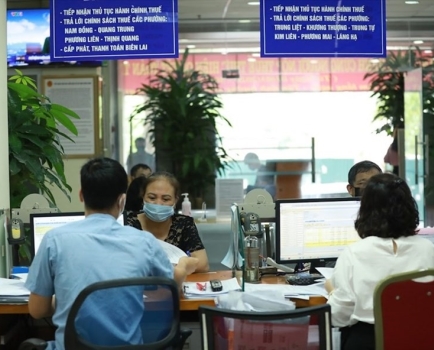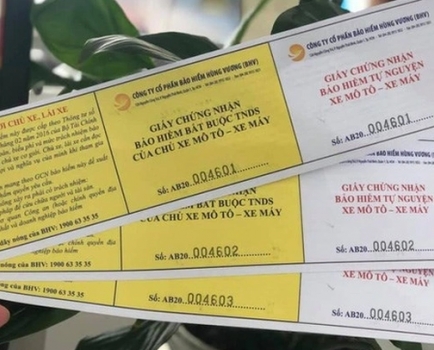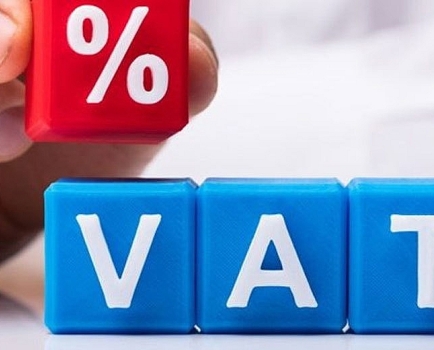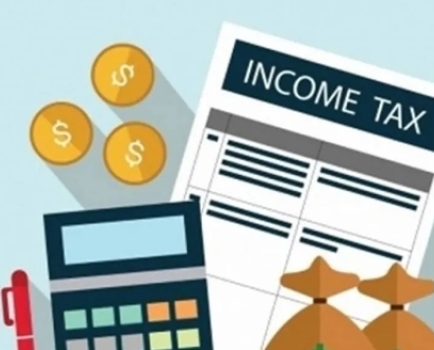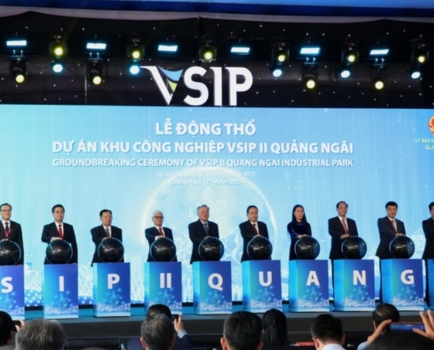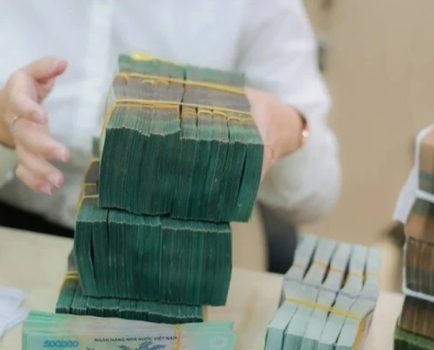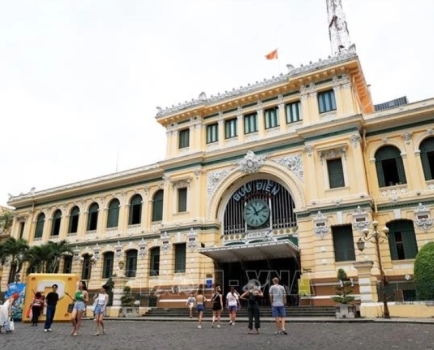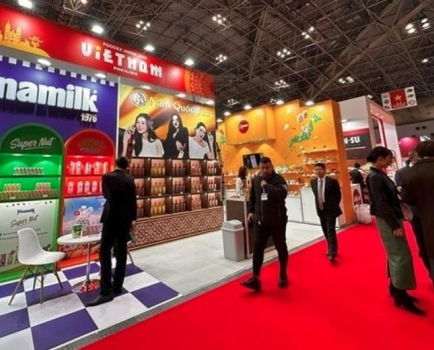How much is 10% VAT?
Mon, 20 Dec 2021 11:09:00 | Print | Email Share:
Value added tax (VAT) rate of 10% applies to goods and services not specified in Articles 4, 9 and 10 of Circular 219/2013.
What is VAT?
Value added tax (VAT) is a tax calculated on the added value of goods and services arising in the process from production, circulation to consumption (According to Article 2 of the Law on Value Added Tax 2008). ).
So, VAT is a tax applied only on the added value, not on the entire value of goods and services.
English VAT is Value Added Tax.
In 1954, France enacted the Law on Value Added Tax. This is also the first country in the world to enact a law on VAT.
Up to now, VAT has been widely applied in almost all countries in the world (about 130 countries).
In Vietnam, at the 11th session of the 9th National Assembly, the National Assembly passed the Law on Value Added Tax.
On January 1, 1999, the Law on Value Added Tax took effect.
Who has to pay VAT?
On December 31, 2013, the Ministry of Finance issued Circular 219/2013/TT-BTC guiding the implementation of the Law on Value Added Tax and Decree No. 209/2013/ND-CP dated December 18, 2013 of the Government. The Government shall detail and guide the implementation of a number of articles of the Law on Value Added Tax.
Article 3 of Circular 219 provides for VAT payers as follows:
VAT payers are organizations or individuals that produce and trade in goods and services subject to VAT in Vietnam, regardless of business lines, forms, business organizations (hereinafter referred to as business establishments) and organizations. Organizations and individuals that import goods or purchase services from abroad are subject to VAT (hereinafter referred to as importers).
VAT payers include:
First, business organizations are established and registered under the Enterprise Law, the Law on State Enterprises (now the Law on Enterprises), the Law on Cooperatives and other specialized business laws.
Second, economic organizations of political organizations, socio-political organizations, social organizations, socio-professional organizations, people's armed forces units, non-business organizations and other organizations is different.
Third, foreign-invested enterprises and foreign parties participating in business cooperation under the Law on Foreign Investment in Vietnam (now the Law on Investment); foreign organizations and individuals doing business in Vietnam but not establishing legal entities in Vietnam.
Fourth, individuals, households, groups of independent traders and other entities engaged in production, business and import activities.
Fifth, production and business organizations and individuals in Vietnam purchase services (including the purchase of services associated with goods) from foreign organizations that do not have a permanent establishment in Vietnam, or individuals in foreign countries. In addition to being non-residents in Vietnam, organizations and individuals purchasing services are taxpayers, except for cases where they are not required to declare, calculate and pay VAT as guided in Clause 2, Article 5 of this Circular.
Regulations on permanent establishments and non-residents comply with the law on corporate income tax and the law on personal income tax.
Sixth, branches of export processing enterprises are established for goods trading and activities directly related to goods trading in Vietnam in accordance with the law on industrial parks and export processing zones. and economic zones.
Example 1: Sanko Co., Ltd. is an export processing enterprise. In addition to production for export, Sanko Co., Ltd. is also licensed to exercise the right to import for sale or export. Sanko Co., Ltd. must establish a branch to carry out this activity in accordance with the law. The branch shall separately account and declare and pay VAT separately for this activity, not collectively in production activities for export.
When importing goods for distribution (selling), the branch of Sanko Co., Ltd. declares and pays VAT at the stage of importation and when sold (including export), Sanko Co., Ltd. Use invoices, declare and pay VAT according to regulations.
VAT What percentage (%)?
According to the provisions of Circular 219/2013, there are 3 VAT rates of 0%, 5% and 10%.
What kind of items does 10% VAT apply to?
According to Article 11 of Circular 219, 10% VAT is the tax rate applied to goods and services not specified in Articles 4, 9 and 10 of this Circular.
That is, the 10% tax rate applies to goods and services that are not subject to value added tax, subject to 0%, 5% tax.
The tax rates of 5% and 10% are uniformly applied to each type of goods and services at the stages of import, production, processing or trading.
How much is 10% VAT?
Example 1:
When buying a TV for 20 million VND, but in the invoice there is a line "VAT tax" attached that is 10% of the value of those goods and services. How much is 10% VAT?
So, when the TV costs 20 million VND, 10% VAT of the TV 2 million VND. That means you will have to pay 22 million VND.
Example 2: How to calculate VAT when eating out
In other cases, when going to eat at a restaurant, when paying, customers still encounter cases in which 10% VAT is stated on the invoice. This means that in addition to the original amount payable for the meal, the customer must pay an additional 10% of the added value.
Total payable = Payment price: (1 + tax rate of goods and services (10%))
If the meal bill is 2 million VND, the customer will have to pay the total amount of 2.2 million VND plus 10% VAT.
Example 3:
For garments with a tax rate of 10%, at the stage of import, production, processing or trading, the tax rate of 10% is applicable.
Scraps and discarded products that are recovered for recycling and reused upon sale shall be subject to the VAT rate according to the tax rate of the sold scrap and discarded products.
Establishments trading in many types of goods and services with different VAT rates must declare VAT at each tax rate prescribed for each type of goods or service; if business establishments do not determine according to each tax rate, they must calculate and pay tax according to the highest tax rate of goods and services that they produce and trade.
By: Translator: LeAnh-Bizic
---------------------------------------------
Same category News :
Other news :



